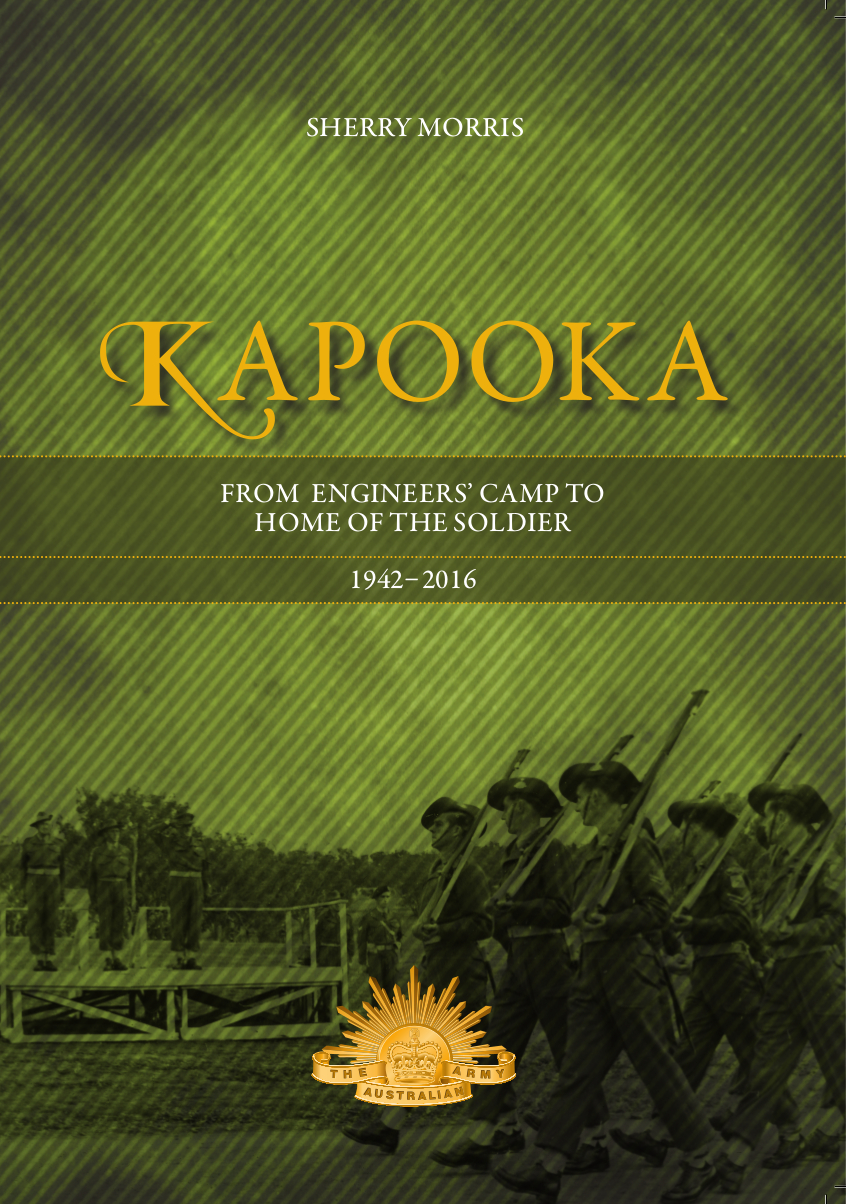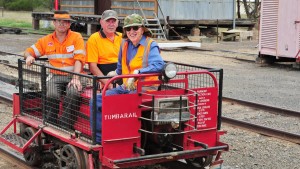NEW BOOK: KAPOOKA: 1942-2016: From Engineer’s Camp to Home of the Soldier.
 The latest publication from prolific author, Sherry Morris.
The latest publication from prolific author, Sherry Morris.
Available in soft cover ($50) or limited edition hard cover ($80).
Order now from Sherry – contact details as follows:
Ph: 02 6922 9337
Email: sherryjmorris@me.com
Kapooka is an integral part of Wagga Wagga’s history and culture and a book on its history is long overdue. Who better to do so than Sherry who has written over thirty books and numerous articles for journals and newspapers, thematic histories and heritage studies, and whose talents were recognised with the NSW Premier’s Regional and Community History prize for her excellence in historical research, writing and presentation of, “Wagga Wagga: A History”, in November 2000.
The Kapooka Military Area is located on almost 2000 hectares on the slopes of Pomingalarna, about ten kilometres south west of Wagga Wagga in southern NSW.
It was established during the Second World War as the General Headquarters of the Royal Australian Engineer Training Centre (RAETC). It was named ‘Kapooka’, an Anglicisation of the Wiradjuri word, ‘Gabuga’, meaning ‘eggs’, so named because it was a place where emus went to lay their eggs.
Kapooka remained a military base, except for a brief period after the Second World War, when it was acquired by the Department of Immigration to use as a Migrant Centre. After the Army’s return to Kapooka in 1951 it became the basic recruit-training centre of Australia where all recruits did their initial training before they were posted to their specialized units. It was subsequently known as ‘The Home of the Soldier’.
Kapooka: From Engineers’ Camp to Home of the Soldier by Sherry Morris provides an interesting, thoroughly researched and well documented record of Kapooka’s history from its establishment as an engineer camp during the Second World War until the current date (2016). In particular, it concentrates on improvements in accommodation, amenities and training, the changing role of women and Kapooka’s relationship with the Wagga Wagga community. The book also includes a chapter on the history of the site and its first inhabitants, the Wiradjuri people, and a chapter on the devastating explosion at Kapooka which killed twenty-six young men in May 1945 in the worst training accident in the history of the Australian Army.
The book contains 198 pages, over 200 photographs and 13 maps and diagrams.
________________________________________________________________________


